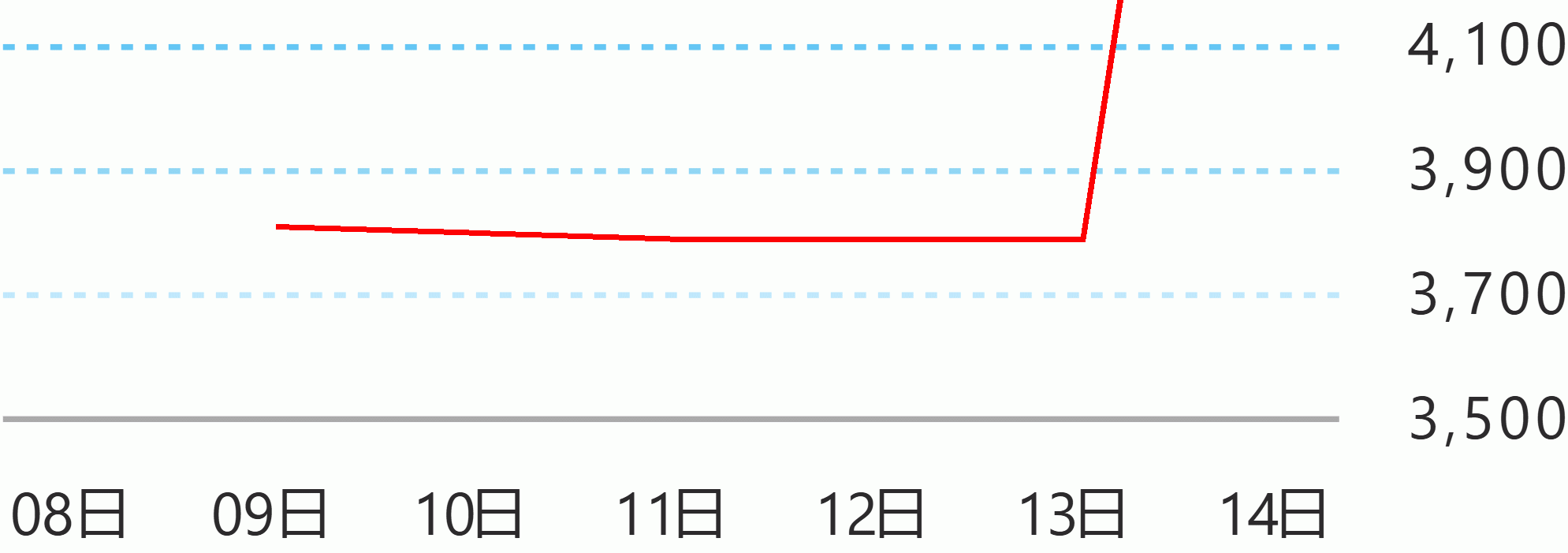The balance of payments (BOP), which accounts for the transactions of the country with the rest of the world, registered a deficit during the first quarter.
The BOP deficit of $3 billion in the first quarter was a reversal from the $238 million surplus recorded during the same period last year.
This was primarily driven by a wider deficit in the current account component, which covers goods, services, as well as income from overseas Filipino (OF) workers and other sources.
The deficit was partly offset by substantial inflows in the financial account. The financial account is composed of direct investments, which are usually long-term in nature; portfolio investments, such as placements in stocks and bonds; and other forms of investment.
The current account deficit in the first quarter was twice the previous year’s figure, rising from $2.1 billion in the first quarter 2024 to $4.2 billion. As a share of GDP, the latest deficit increased from 1.9 percent in the first quarter of 2024 to 3.7 percent in the first quarter of 2025.
This development reflected the widening merchandise trade gap, as import spending grew faster than export earnings. The increase in the current-account deficit also resulted from the contraction of net revenues from trade in services due to lower transport services receipts and increased outbound travel spending. However, this was partially moderated by higher remittances from OFs.
The financial account posted net inflows of $6.7 billion in the first quarter of 2025, up by 43.2 percent from $4.6 billion in the same period last year.
This stemmed mainlyfrom the notable increase in net inflows in the direct and other investment accounts, alongside sustained inflows in the portfolio investment account.
The capital account recorded a surplus of $23 million in the first quarter of 2025, up by 35.9 percent from $17 million in the first quarter of 2024.
The surplus was driven by gross disposals of non-produced non-financial assets amounting to $4 million, compared with $1 million gross acquisitions in the first quarter of 2024.
Gross international reserves (GIR) amounted to $106.7 billion as of end-March. This was higher than the $104.1 billion level registered as of end-March 2024.
The GIR are foreign assets held by the BSP and are mostly in foreign-issued securities, gold, and foreign exchange.
In the first quarter, the peso averaged P57.97/US$1, appreciating by 0.3 percent relative to an average of P58.15/US$1 in the fourth quarter of 2024.
However, on a year-on-year basis, the peso depreciated by 3.5 percent from an average of P55.96/US$1 in first quarter of 2024.
The peso gained external price competitiveness against the baskets of currencies of major trading partners and trading partners in advanced and developing countries on a year-on-year basis as indicated by the decreases in real effective exchange rate indices. Bangko Sentral ng Pilipinas





 English
English









